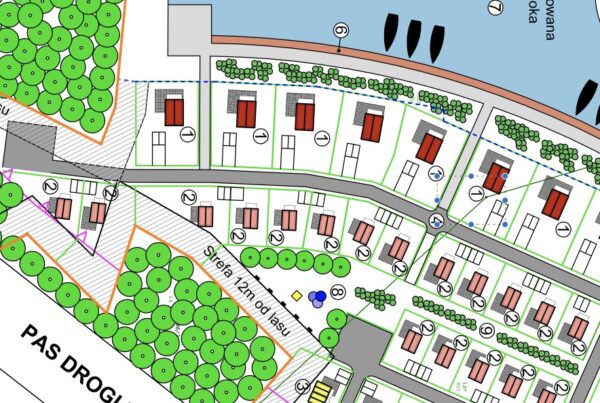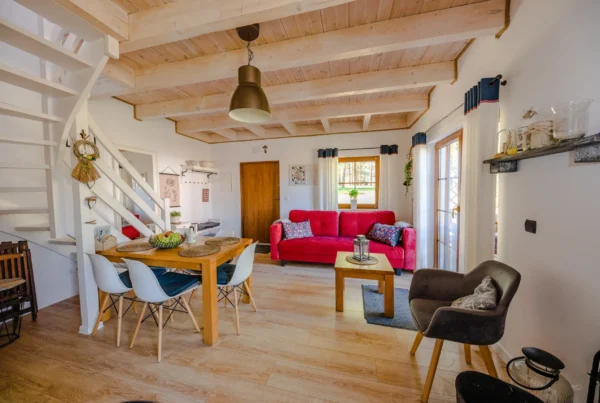Short-term and long-term rentals are two ways to lease or rent property, whether residential or commercial. The key distinctions between them are as follows:
1. Length of time
- Short-term rental: Rental agreements that endure for a short length of time, usually measured in days, weeks, or months. Vacation properties, Airbnb or similar sites, and temporary housing needs are all typical uses for short-term rentals.
- Long-term rental: Leasing a property for an extended period of time, usually a year or more. For regular residential and business leases, long-term rentals are the default option.
2. Flexibility
- Short-term rental: Provides greater flexibility to both the landlord and the renter. Renters can regularly switch locations, and property owners can vary rates and availability based on demand.
- Long-term rental: Gives both parties more stability and predictability. Tenants often sign a fixed lease period, and landlords receive a consistent rental income.
3. Rent and Earnings
- Short-term rental: Typically fetches higher nightly or weekly rates, potentially resulting in more income for property owners, particularly in tourist areas or high-demand locations.
- Long-term renting: Has – on average – lower monthly rental rates but gives property owners with a continuous and stable income source.
4. Maintenance and Turnover
- Short-term rentals typically necessitate more regular cleaning, maintenance, and property turnover as guests arrive and depart. Property owners or managers must devote more time and resources to maintenance.
- Long-term rental: Requires less frequent maintenance because tenants stay for longer periods of time and may assume more responsibility for the property’s care.
5. Regulations and Legalities
- Short-term rentals are frequently subject to a variety of local regulations, zoning laws, and taxes, which vary greatly by area. Property owners must maintain awareness and compliance.
- Long-term rental: Long-term rentals are often subject to fewer rules and may adhere to more standardized lease terms and tenant rights laws.
However, If a choice has to be made between long-term rental and short-term rental based on local legislation, it is advisable to call on a local expert in the matter because different countries have different legislations.
6. Furnishings and facilities
- Short-term rental: Typically comes completely furnished and fitted with facilities to attract short-term renters, such as vacationers. Furniture and supplies may require repair or upgrading on a more frequent basis.
- Long-term rental: Depending on local customs, it may be rented unfurnished or partially furnished. Tenants often bring their own furnishings and are responsible for their upkeep.
7. Income Stability and Risk
- Short-term rental: Can provide a larger income but is riskier owing to variations in demand, seasonality, and unforeseen circumstances.
- Long-term rental revenue is more secure and predictable, making it a safer option for many property owners.
The decision between short-term and long-term rentals is influenced by a variety of factors such as property location, market conditions, financial goals, and personal preferences. When selecting which option best meets their needs, property owners and renters should carefully analyze these distinctions.





